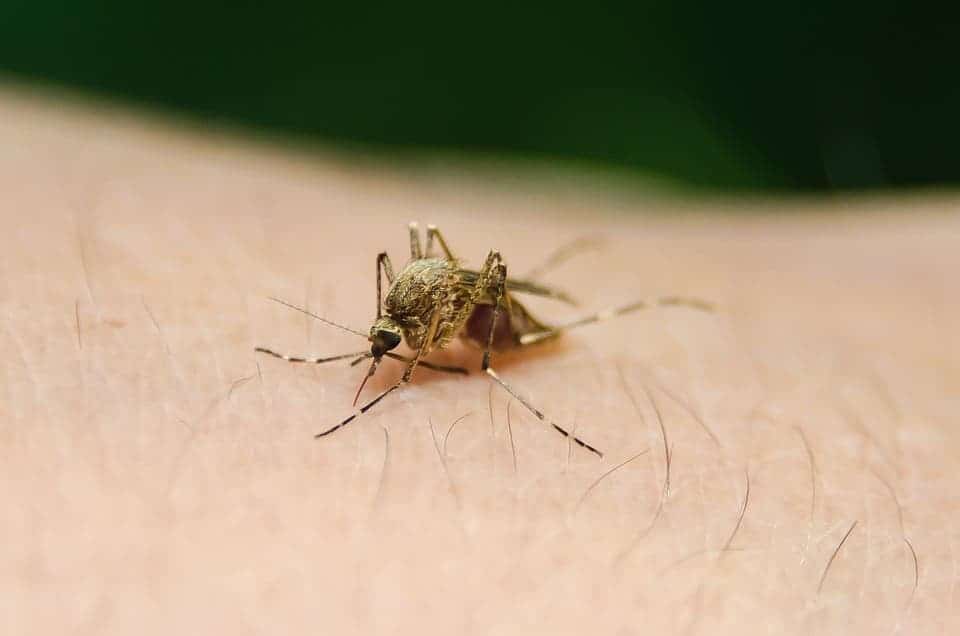Warmer climates will likely mean more malaria in more areas of the world, a new study suggests.

At lower temperatures, the malaria parasite (Plasmodium) develops faster in mosquitoes than previous research indicated, based on a study done by a team at Penn State and the University of Exeter. Their results suggest that even slight climate shifts could increase the malaria risk for hundreds of thousands to millions of people, both locals and travelers, in areas where the disease currently isn’t present.
Morelaria
“The rate of malaria transmission to humans is strongly determined by the time it takes for the parasites to develop in the mosquito,” said Matthew Thomas, professor and Huck scholar in ecological entomology, Penn State, and the paper’s corresponding author.
“The quicker the parasites develop, the greater the chance that the mosquito will survive long enough for the parasites to complete their development and be transmitted to humans.”
The team explains that previous work suggested that malaria parasites simply can’t develop fast enough in cool climates to be able to infect people — in essence, they took longer to mature than the host mosquito’s lifespan. However, that research was carried out almost a century ago using a Russian species of mosquito.
“Our results challenge this long-standing model in malaria biology,” says Thomas.
The team worked with Anopheles stephensi and Anopheles gambiae, the two most important malaria-carrying mosquitoes in the world. They kept malaria-infected mosquitoes of these species in the lab under a range of temperatures (16 to 20 degrees Celsius / 60 to 68 degrees Fahrenheit) to see how the parasite would develop. They also kept a control group of mosquitoes at 27 degrees Celsius / 80 degrees Fahrenheit, the temperature at which malaria transmission is known to be highest.
Daily temperatures were varied by 10 degrees Celsius — 5 degrees above and below the daily mean — to simulate natural conditions such as day-night shifts or other events.
Based on the traditional model, Plasmodium is estimated to take 56 days to fully develop at temperatures just above 18 degrees Celsius / 64 degrees Fahrenheit, which is considered the minimum threshold for its development. However, the current study shows that Plasmodium needs as few as 31 days to develop in Anopheles stephensi. At this lower end of its developmental range, variations in temperature also help promote faster development for the parasite. They fully developed in as few as 27 days at 18 degrees Celsius under realistic variable temperature conditions.
“Our work shows that even small increases in temperature could dramatically increase malaria infections in humans because the parasites develop much faster at these lower temperatures than has been previously estimated,” said Jessica Waite, senior scientist, Penn State.
“Parasite development rate further increases when temperatures fluctuate naturally, from cooler at night to warmer in the day.”
Waite says the findings suggest that millions of people living in the higher elevations of Africa and in South America could be exposed to malaria as climate change ever so slightly increases mean temperatures in these areas.
“As temperatures increase with climate change, infectious mosquitoes in areas surrounding mountains, for example, may be able to transmit the parasite higher up the mountains than they have in the past,” she said. “Our results suggest that small rises in temperature could lead to greater increases in transmission risk than previously thought.”
The paper “Exploring the lower thermal limits for development of the human malaria parasite, Plasmodium falciparum” has been published in the journal Biology Letters.






